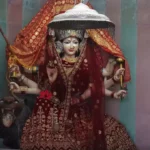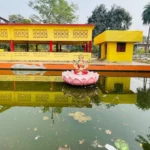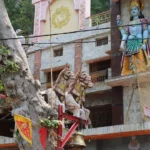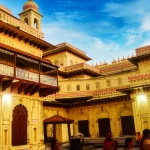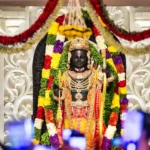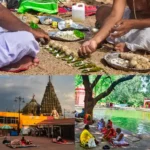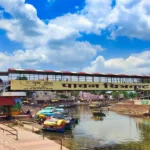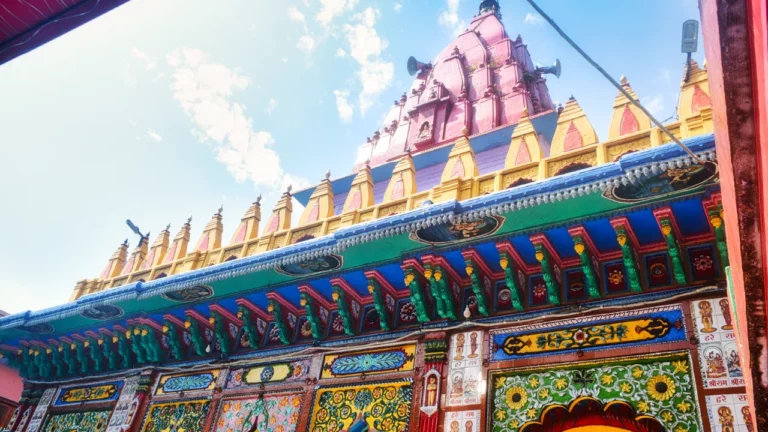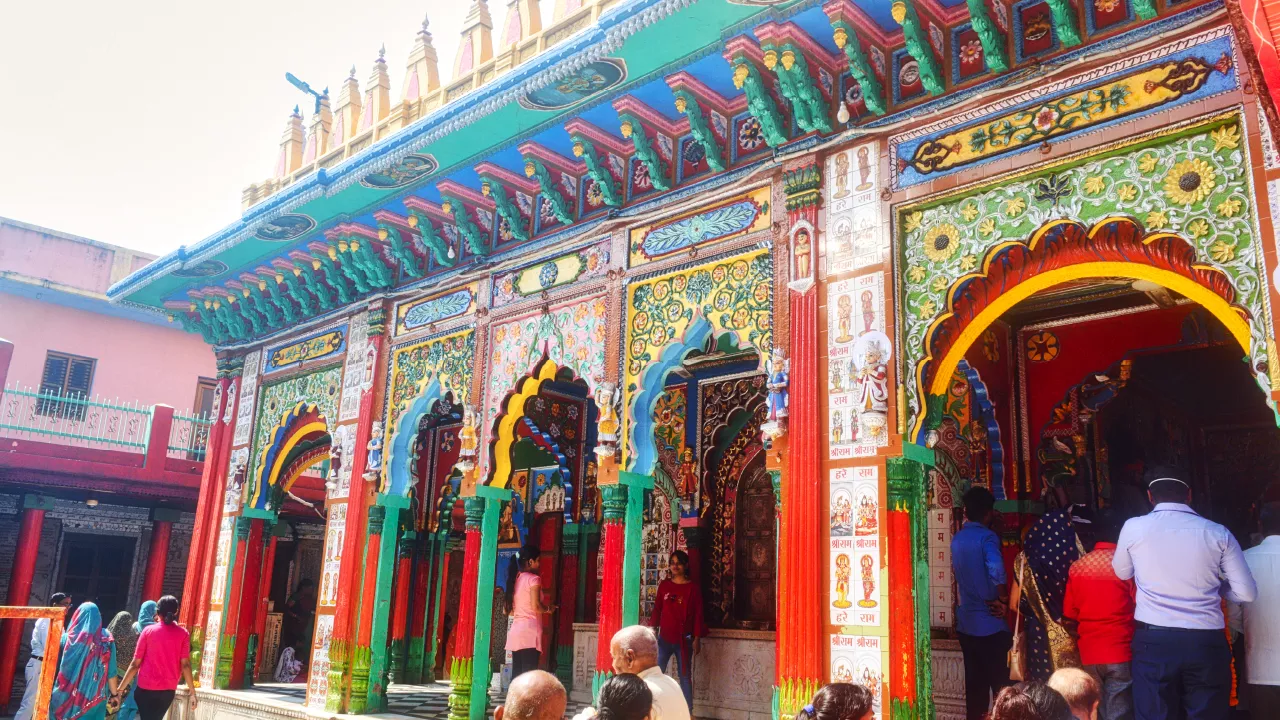India
North India
Punjab & Haryana
South India
East & North East India
World
Trending Tours
Season Special Tours:
Contact Us:
Mr. Harsh
+91 83819 90321
(For B2B, Sales & Operations)
Mr. Shivam
+91 77540 97777, +91 91152 34555
(For Enquiries, Sales)
Mr. Prakhar
+91 79050 91358
(For Media, Tech, Platform)
Enquiries:
info@prayagsamagam.com
Looking for only Pooja Services?
Let's Connect:
Discover your next journey. Follow us!










